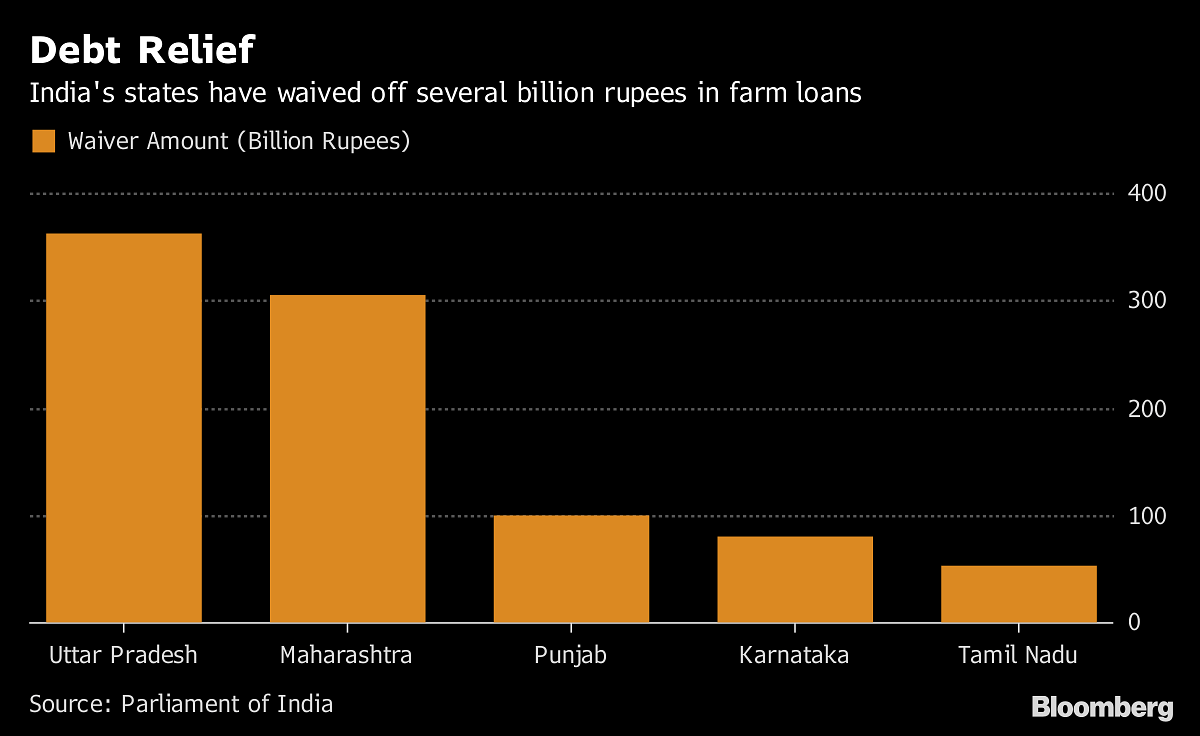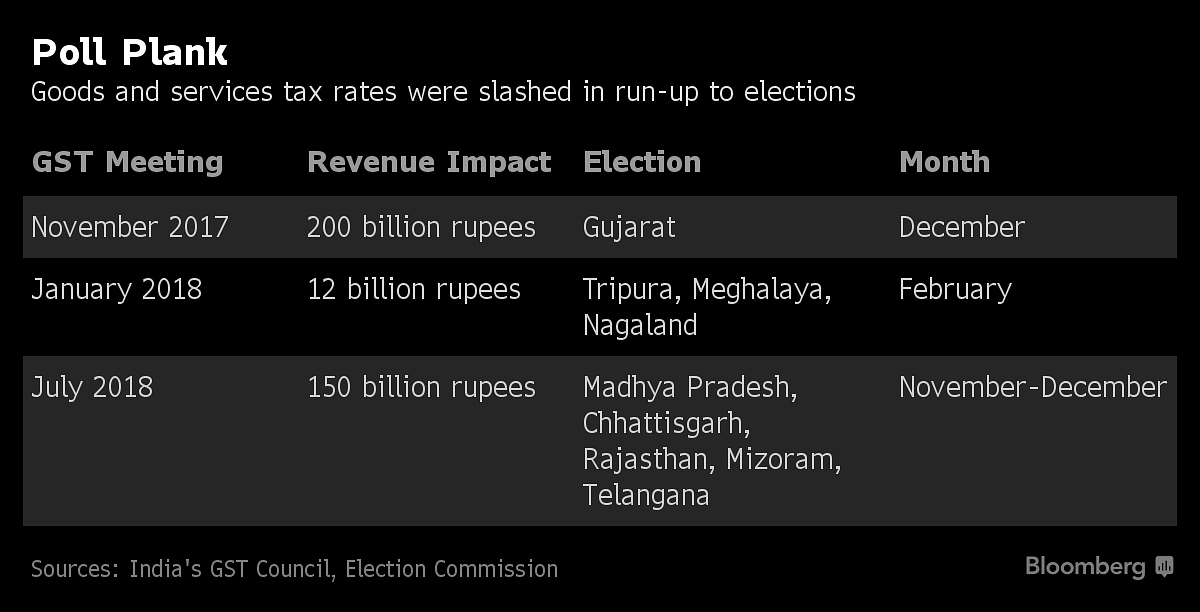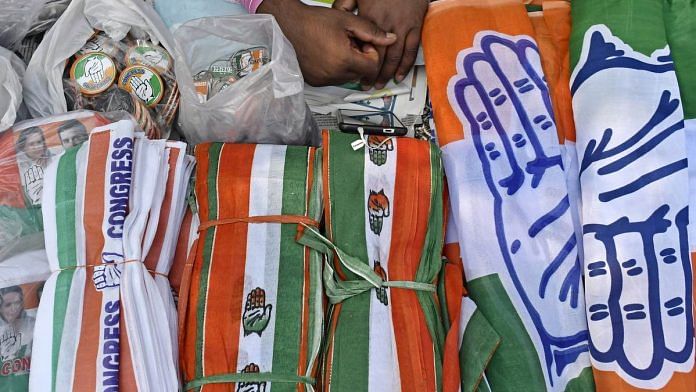Modi has so far held back on announcing a national farm loan waiver. But temptation to appease voters was evident when he hinted at cutting GST rates.
New Delhi: Indian politicians are bringing out the goodies, from farm-loan waivers to tax cuts, to woo voters ahead of the world’s biggest election next year.
The Indian National Congress made good on its election promise by waiving some loans owed by farmers in two of the three states that it won last week from Prime Minister Narendra Modi’s Bharatiya Janata Party. Assam, a state in India’s northeast ruled by the BJP, followed suit.
While Modi has so far held back on announcing a federal program to waive farm loans, the temptation to appease voters was evident when he hinted this week at cutting rates on a nationwide consumption tax for at least a fourth time. That would cut revenue, and together with the loan waivers, put pressure on the budget deficit, which is already a worry for investors and credit rating companies.
“The country is reaching a stage where 99 percent of goods can be at or under the 18 percent tax slab,” said Modi, who’ll be seeking a second term in elections that must be held by May.
With the government already exceeding its budgeted annual deficit in October, any tax cuts will need to be balanced with possible reductions in spending to achieve the fiscal gap target of 3.3 percent of gross domestic product.
Modi has buckled under voter pressure in the past when he cut taxes on retail motor fuels in the run up to elections in five Indian states. Having lost all five contests last week, he may be under pressure to match the Congress party’s move to win favor with farmers, a key voting bloc.

It’s up to the states to waive off loans, Finance Minister Arun Jaitley said in a television interview Tuesday. Congress President Rahul Gandhi said his party was merely fulfilling an election promise.
However, the debt forgiveness doesn’t do much to address the root of farm sector distress, and actually contributes to worsening state finances, with the combined budget deficit for the federal government and states close to 6.5 percent, the highest among the Group of 20 nations.
“Farm loan waivers are problematic and retrograde,” said Arvind Subramanian, the government’s former top economic adviser, echoing views held by India’s former central bank Governor Raghuram Rajan. “The jury is out on political gains. And it has fiscal implications.”
Capital Economics estimates loan waivers to farmers will rise from about $15 billion, or 0.6 percent of GDP. Researchers at Credit Suisse led by Neelkanth Mishra see more waivers likely in 2019, given the recent success of political parties that made debt relief promises.
Economists agree on the need for designing a lasting solution to the distress in agriculture, instead of resorting to quick fixes such as waivers.
“Loan waivers impact the state of public finances in the form of higher than budgeted revenue expenditure,” Urjit Patel, the former governor of the Reserve Bank of India, said in a speech last year. “This, in turn, has to be financed by additional market borrowings which pushes up interest rates, not just for the states but for the entire economy.” – Bloomberg





Don’t eat healthy food for five years, then aim for a sugar high.